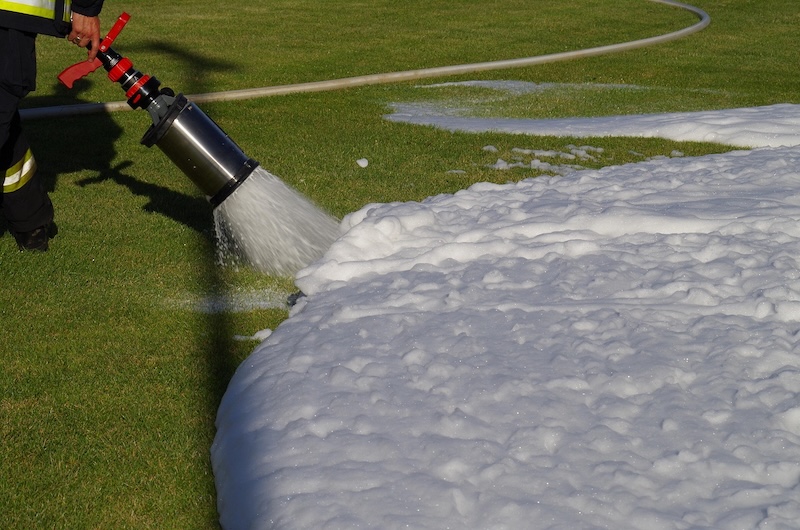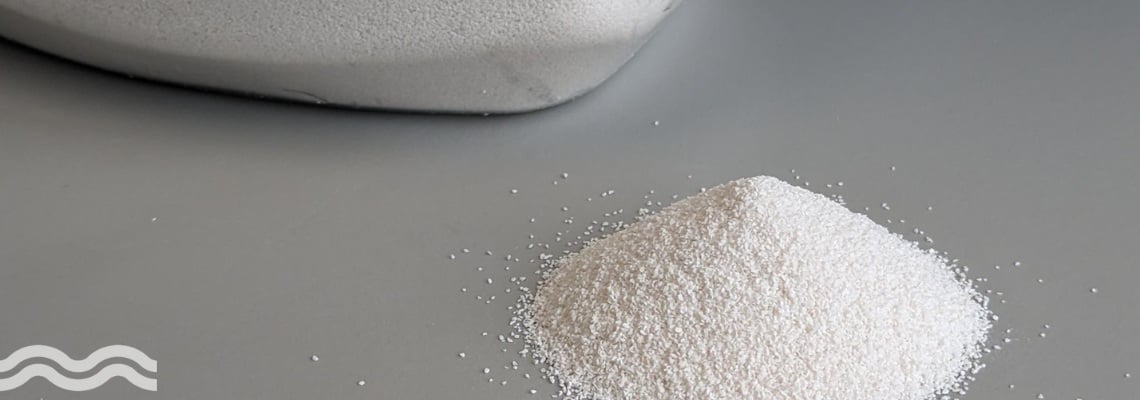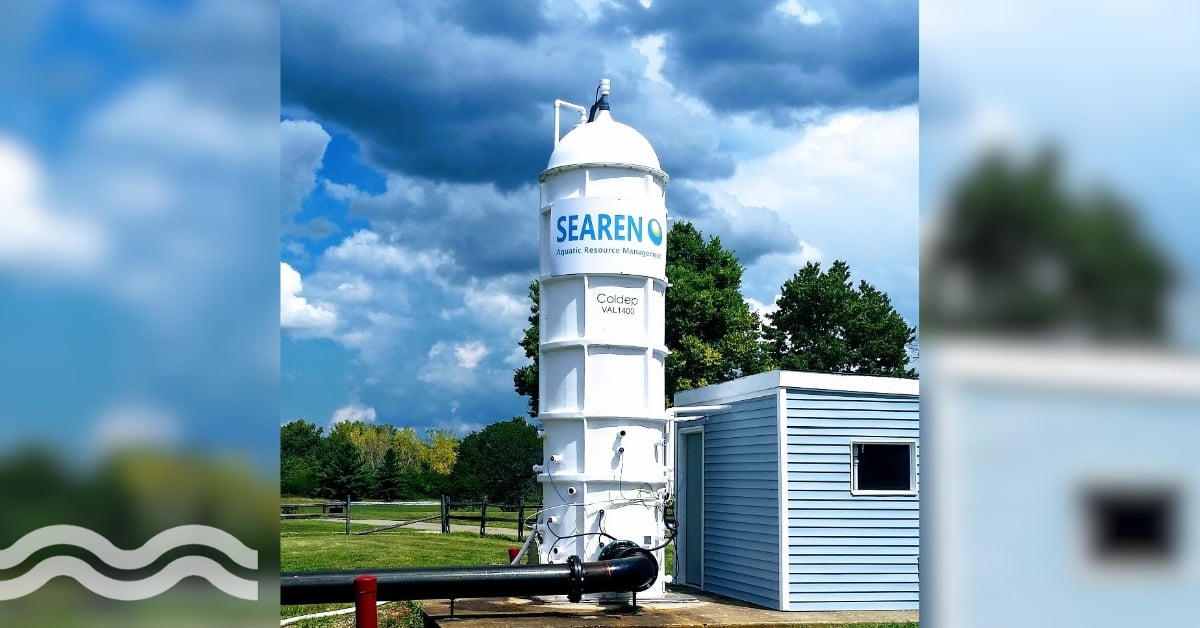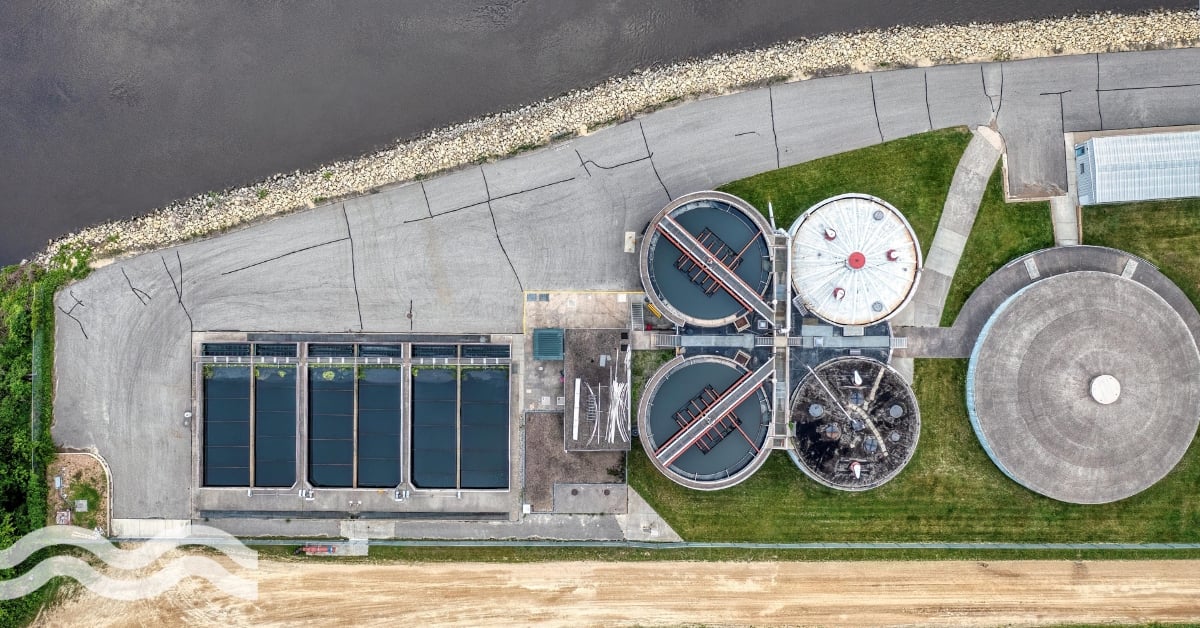US Army tests remediation technologies for PFAS in firefighting foam
The US Army is exploring solutions for remediating Per- and Polyfluoroalkyl substances (PFAS) in firefighting foam residues by conducting comparison trials of different technologies.
Research and field demonstrations of PFAS remediation materials
The US Army Engineer Research and Development Center (ERDC) is conducting the trials following the signing of a Cooperative Research and Development Agreement with London-based start-up, Puraffinity.
The goal of the collaboration is to conduct research and field demonstrations involving Puraffinity’s Puratech G400, an adsorbent material developed for the treatment of PFAS-contaminated waters.
The terms of the agreement will see ERDC and Puraffinity conduct a series of trials, in the laboratory and during field trials, that will compare the performance of Puratech G400 against other PFAS treatment technologies such as Granular Activated Carbon (GAC) and Ion Exchange Resins (IEX).
Vincent Caillaud, CEO of Puraffinity, told Aquatech Online: “Partnering with the US Army Engineer Research and Development Center to evaluate Puratech G400 highlights our shared mission to deliver science-led innovation to protect human health and the environment, across the US.”

Testing treatment of firefighting foams
The research will target contamination sources from legacy resources and applications, including aqueous film-forming foams (AFFF). The ERDC, though operating as part of the US Department of Defense, conducts research that can be applied in all situations, whether military, domestic, or industrial.
Traditionally, AFFFs have been used to fight flammable liquid fires. These contained Perfluorooctanesulfonic acid (PFOS), Perfluorooctanoic acid (PFOA), Perfluorohexanesulfonic acid (PFHxS), which worked as surfactants that helped to spread the foam, and to cool and suppress the fire. The US military began using AFFFs containing PFAS in the 1970s and is committed to phasing out their use by the end of 2025. An investigation identified more than 700 sites that were exposed to PFAS and require remediation. The use of AFFF in military and civilian firefighting has been a major source of PFAS pollution.
The primary objective of the trials, therefore, is to explore Puraffinity’s solution potential in improving treatment outcomes and reducing operating expenses (OPEX) and capital expenditure (CAPEX) in PFAS remediation, whether as a complementary or polishing step to existing destruction technologies.
Performance data will be produced that will inform potential future applications on Department of Defense installations and other settings.
How does Puratech G400 work?
Puratech G400 is an adsorbent material consisting of hard, white granules approximately 0.5mm in width. The system is designed to be a fully customisable plug-in solution that can fit into an existing water treatment system, saving time and costs. In trials, it has been proven to capture a large variety of different PFAS chemicals and demonstrated seven times more capacity to remove PFAS when compared to petroleum-derived ion exchange resin solutions, according to the company.
Caillaud explained: “Our technology’s enhanced efficiency, extended lifespan, lower installation costs, and reduced need for frequent replacements help to minimise long-term resource use and waste. G400’s ability to selectively target a broad range of PFAS compounds, including both long- and short-chain variants in complex water conditions, ensures reliable performance across varied environmental challenges.”
It achieves this using shorter contact times with contaminated materials and with a smaller footprint, as demonstrated during trials at the company’s first full-scale deployment with Envytech Solutions. During the trial, Envytech was able to replace 4000 litres of Granulated Activated Carbon with just 200 litres of Puratech G400.
PFAS remediation costs and regulation
The PFAS family consists of approximately 15,000 synthetic ‘forever’ chemicals. Research continues into which of the thousands are harmful and also into the most economical and sustainable ways to identify, collect, and dispose of them.
It is estimated that the cost of removing PFAS in Europe and the UK alone will reach almost €1.8 trillion over 20 years, with the global cost estimated to be up to €16 trillion a year.
Many countries, such as France and Denmark, are introducing regulations to ban certain PFAS chemicals and to accelerate remediation efforts. In the US, the Environmental Protection Agency (EPA) introduced regulations such as the National Primary Drinking Water Act in 2024, but has since relaxed the target dates for compliance. It has also removed some PFAS chemicals from regulation and added further measures to strengthen remediation efforts.
The European Union has voted to phase out PFAS chemicals where safe alternatives exist as part of its Water Resilience Strategy.
US Department of Defense research operations
The research is being conducted by the ERDC, which forms part of the US Army Corps of Engineers. In its own words, the ERDC ‘strives to be the world’s premier public engineering and environmental sciences research and development organisation’. Its remit is to discover, develop, and deliver innovative solutions to the nation's toughest challenges in military engineering, installations and operational environments, civil works, geospatial research and engineering, and engineered resilient systems.
Its research and development missions are conducted across five major areas:
- Military engineering
- Installations and operational environments
- Civil works
- Geospatial research and engineering
- Engineered resilient systems
Share your water technology stories with us
Do you have an innovation, research results or an other interesting topic you would like to share with the international water technology industry? The Aquatech website and social media channels are a great platform to showcase your stories!
Please contact our Sr Brand Marketing Manager Annelie Koomen.
Are you an Aquatech exhibitor?
Make sure you add your latest press releases to your Company Profile in the Exhibitor Portal for free exposure.
We promise never to send you spam and you can unsubscribe at any time!



.jpg?h=628&iar=0&w=1200)


.jpg?h=628&iar=0&w=1200)

